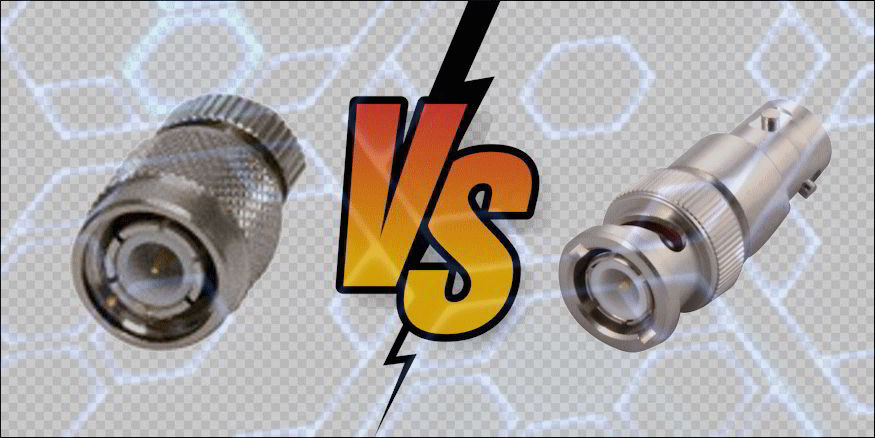
In the world of electronics, two types of RF connectors come up often in discussions: SubMiniature version A (SMA) and Bayonet Neill–Concelman (BNC). According to Data Alliance, SMA cables, plugs, and antenna adapters are especially used for wireless antennas, Wi-Fi routers, access points, Internet of Things (IoT) devices, and Radio Frequency (RF) modules.
On the other hand, even though BNC connectors are capped at lower frequencies, they will successfully withstand high environmental pressures, temperatures, and vibrations.
But how did these connectors gain their popularity? Let’s see how they were invented, what are their unique features, and their most common applications.
SMA connectors were created by Bendix Research in 1958. Back then, there was a constantly increasing demand for compact, high-quality connectors for the aerospace industry. Additionally, since the SubMiniature version A connector had threaded couplings, its performance in the microwave band was excellent.
BNC connectors were invented by Paul Neill and Carl Concelman in 1945. As you have probably guessed, “B” comes from the bayonet locking mechanism that is characteristic of this connector, while “N” and “C” are the initials of its makers. The BNC connector was also designed for military purposes, but civilians have put it to good use as well after discovering its solid performance and ease of use.
Where does each connector show its strength? Let’s explore a few use cases.
SMA connectors
These connectors work best when it comes to RF applications that require a high degree of reliability. They can be found in devices that use frequencies of up to 18 GHz, no matter if we are talking about telecommunication equipment, networking gear, GPS receivers, and pretty much any other type of radio communication hardware.
SubMiniature version A is a smaller connector, and this makes it the perfect choice for space-constrained projects. The threaded coupling ensures that the connection can endure serious vibrations, recommending the connector for military and aerospace-related projects. Additionally, performance is very good, leading to low signal loss, and thus maximizing performance.
BNC Connectors
Unlike SMA, BNC connectors are suitable for projects that operate using frequencies below 4 GHz. However, if the lower frequency limit is not an issue, these connectors have a big advantage: they can be quickly and easily connected/disconnected without needing any tools.
People use Bayonet Neill–Concelman connectors for their audio, video, networking projects, and even military communication systems because they have stood the test of time. If you’ve ever seen an oscilloscope, it was probably using a BNC connector for signal input.
As a conclusion, both SMA and BNC connectors have their strengths. If your RF application works at frequencies above 4 GHz, the choice is simple: pick SMA. However, if that is not an issue, a BNC connector will probably be a more robust, easier-to-use solution.



 Need high-quality tech articles for your website?
Need high-quality tech articles for your website?